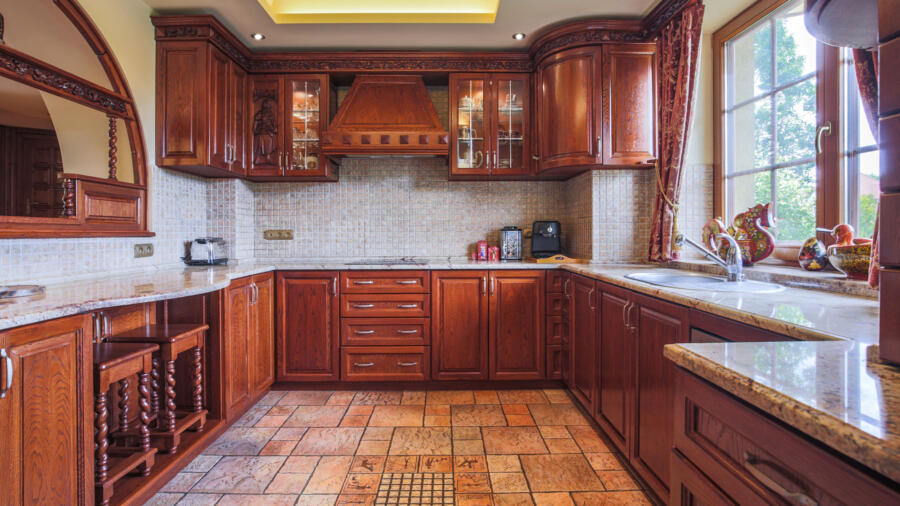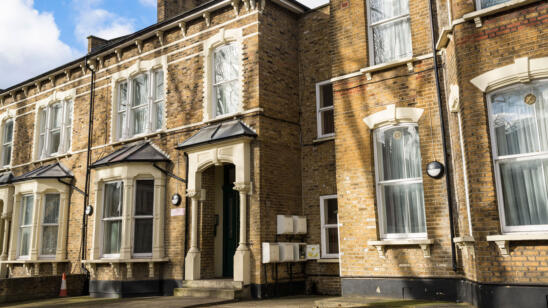There’s no shortage of mystery in a vintage home. From missing closets to beds longer than they appear, we’re here to decipher fact and fiction.
1. Imagine waking up to a kitchen with no milk. If you didn’t have a milk door in the early 1900s, that’s exactly what would happen. Because reliable refrigeration methods were still being worked out, a family relied on the milkman to deliver a fresh bottle of milk at the crack of dawn. He’d open the milk door, which was typically posted beside the front door, and leave his delivery between the house’s walls.
2. Today’s kitchens would be virtually unrecognizable to a wealthy 19th century homeowner. Then again, any kitchen would be unrecognizable, because he rarely set foot in one. Colonial kitchens were located in the back or basement of the house, where the help (and dirty work) were kept far from the family and guests. They didn’t become the center of the house – literally and figuratively – until the 1950s.
3. Don’t go searching for a closet in a Colonial house. Homeowners avoided them because of a dreaded British “closet tax” – at least according to legend. In truth, there’s no evidence of a tax on closet space, and closets did exist. There were just fewer of them because people owned fewer clothes, which they typically kept in chests.
4. That antique clawfoot tub is the perfect place for a bath, and not just the candlelight-and-bubble-bath-type you might imagine. In the early 20th century, the whole family would climb into the same bath (no, not at once) to save time on heating buckets of water and pouring them into the tub. As head of the household, Dad would go first. Sorry, Junior – the littlest family member was stuck with the murkiest water.
5. Some experts credit WWI with fueling the popularity of Spanish Revival houses between 1915-1940. American architects who turned to Europe for education and inspiration sidestepped the action by traveling to Spain. Soldiers returning from the frontline were particularly fond of the designs, which reminded them of the Mediterranean villas they’d seen abroad.
6. The widow’s walk, often found on coastal homes, took its name from the mariners’ wives who looked longingly towards the sea and prayed for their husbands’ safe return. It’s a poetic story, but a bit off the mark. The railed rooftop platform was actually used to access a home’s chimney in the event of a chimney fire. Pouring a bucket of sand or water down it could prevent catastrophe.
7. Comb vintage shops and you might just score an antique bed frame to go with your old home. Rest assured, those rumors about 19th century beds being short are pure fiction. Bedposts and canopies create the illusion of shortness, but Americans and their beds haven’t changed much in size since Washington’s day (the first president was six feet tall). You might, however, have trouble finding the right mattress. Bed frames were custom-made and didn’t always follow standard measurements.


